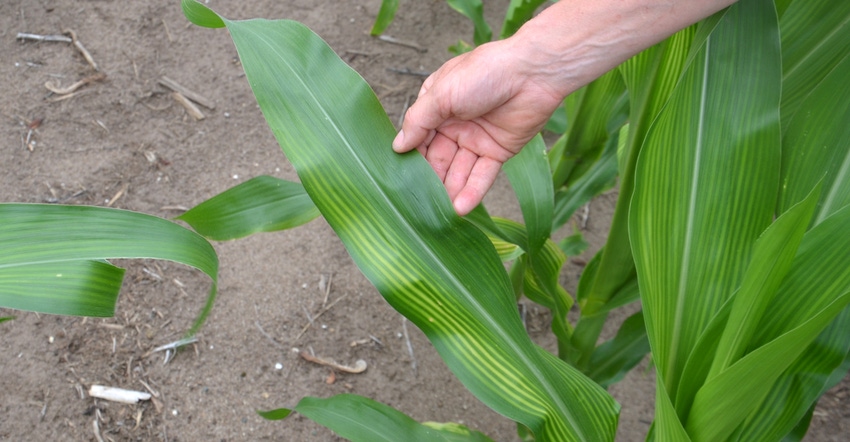
The Golden Harvest Agronomy in Action team tests various practices in corn and soybeans each summer. The results for 2020 studies were recently captured in the Agronomy in Action 2021 Research Review available online.
Bruce Battles, technical agronomy manager for Syngenta, says information in the publication should provide insights for all farmers. They may be even more meaningful for farmers who plant the brand. Download the entire publication at GoldenHarvestSeeds.com.
Nitrogen and sulfur trials
You’re probably wondering if you should apply more nitrogen at sidedressing if you already have applied enough N for the season, or if you should up rates if you’re applying N after planting as a planned application. Should you add sulfur too?
The Agronomy in Action Team set up trials at eight locations in 2020. Two Iowa locations were lost to storm damage. However, they harvested trials at Bridgewater, S.D.; Clay Center, Kan.; Sac City, Iowa; Seward, Neb.; Oregon, Ill.; and Clinton, Ill.
Five different sidedress treatments were evaluated. Nitrogen applied as a sidedress application was in addition to what the operator had already applied for the season. The five treatments were:
no N at sidedressing, as the control
50 pounds of N per acre
50 pounds of N plus 20 pounds of sulfur
75 pounds of nitrogen
75 pounds of nitrogen plus 20 pounds of sulfur
Where sulfur was included, ATS and urea ammonium nitrate were applied.
What results say
The biggest take-away was that results were inconsistent. That’s not surprising for sulfur. In Indiana, Purdue University Extension agronomists Bob Nielsen and Jim Camberato have found that some on-farm, field-scale trails respond to sulfur, and some don’t respond. Where responses occur, they can be significant and provide an economic return over cost.
For extra nitrogen above what the operator had applied in the Golden Harvest studies, the only noticeable responses were in central Illinois at Clinton and in Kansas. At Clinton, Ill., significant responses of 13 to 16 bushels per acre were seen with 75 pounds of N added at sidedressing. The largest response of 16 bushels resulted from the treatment with sulfur. Smaller increases of seven to eight bushels per acre were noted for 50 pounds of N, with the 50-pound N treatment without sulfur finishing a bushel ahead of the 50-pound treatment with sulfur.
No other locations showed a consistent response to adding extra nitrogen, the report notes. The team saw lots of variability amongst hybrids in their responses throughout the study.
The only noticeable responses to sulfur were at the South Dakota site, but even there, they weren’t statistically significant. That means that they weren’t large enough for researchers to be highly confident that the same results could be repeated. Yield increases were 7.8 and 12.6 bushels per acre for sulfur at the 50-pound N rate and 75-pound extra N rate, respectively. There was no response to extra N by itself at this site. In fact, 50 pounds of extra N without sulfur produced the lowest yield.
So, what does it mean when you boil it down?
The authors noted that other sources indicate 95% of the total sulfur in soils comes from organic matter. Reponses on soils with more than 4% organic matter will likely be less. You might expect more response to sulfur on soils with lower organic matter.
About the Author(s)
You May Also Like




